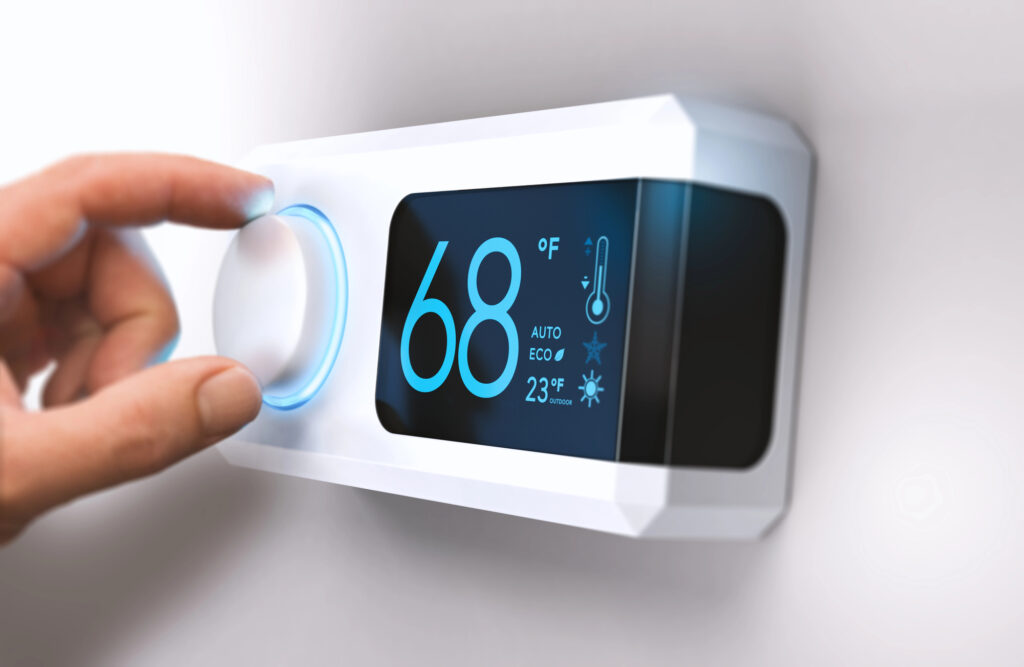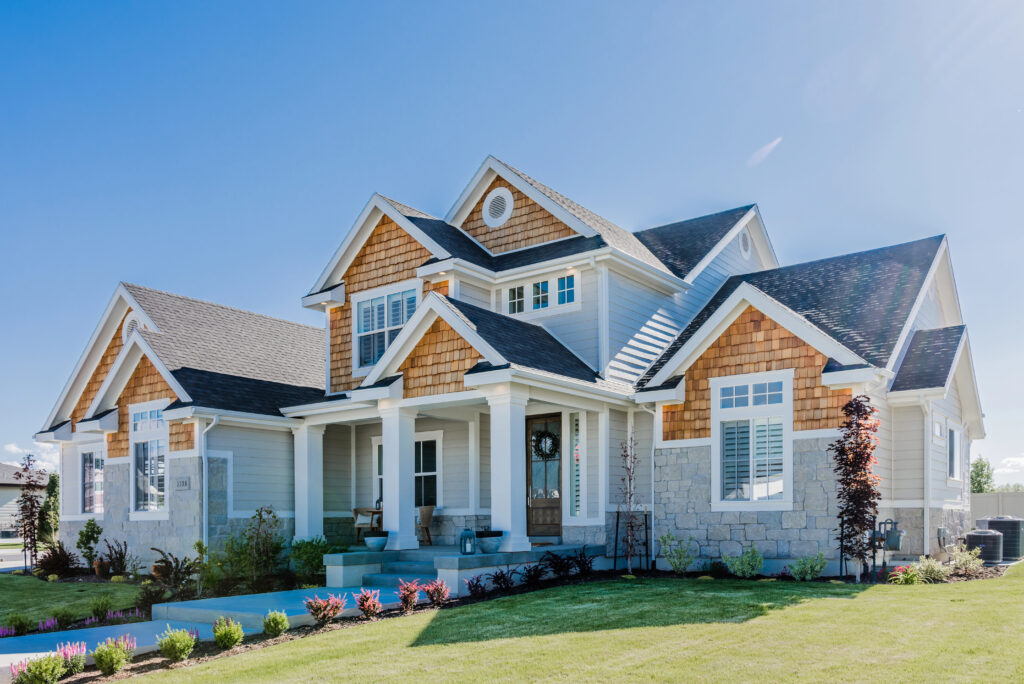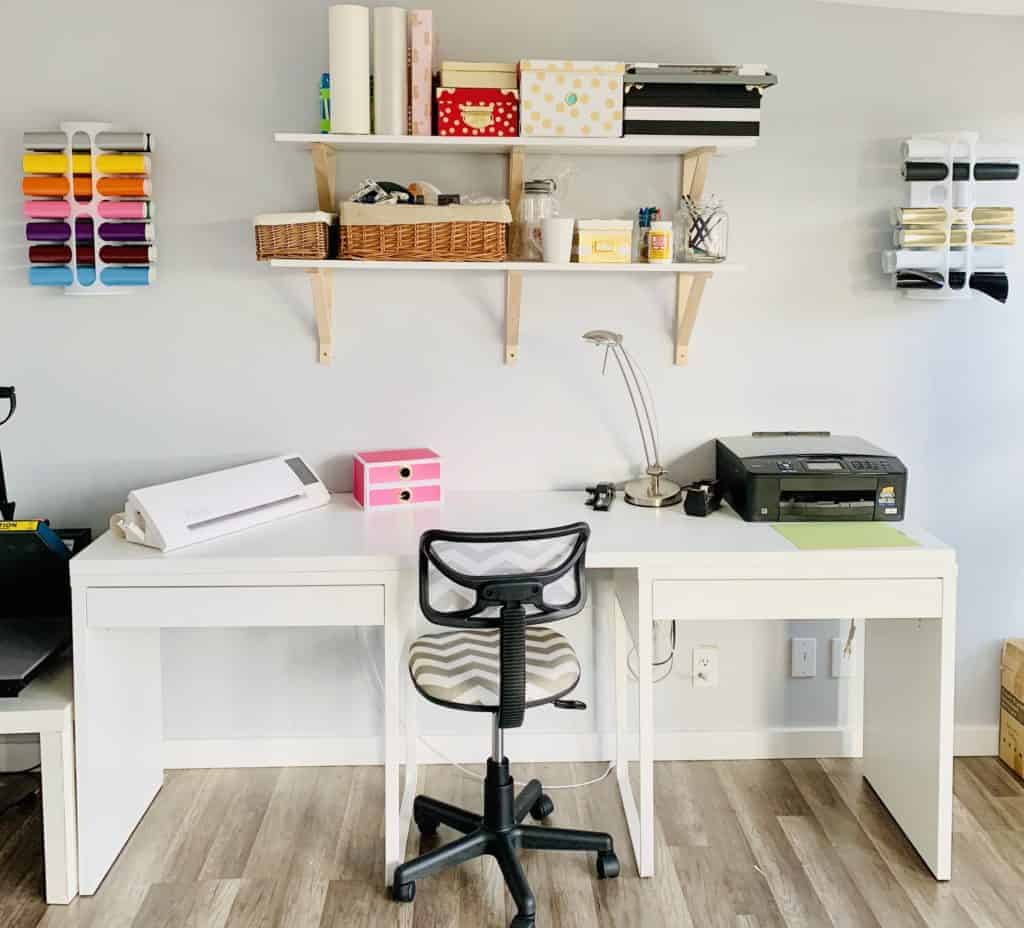The wave of smart home technology is changing how restoration and construction professionals approach their craft. Modern living is about more than structural integrity—it involves integrating technology that adapts to people’s lifestyles. Innovative firms like ValleyDRC of Montrose have noticed an increasing demand for intelligent systems that combine convenience, enhanced security, and sustainability. This has led to a significant shift in new construction projects and restoration practices as property owners seek to future-proof their investments.
Recently, more homeowners and buyers expect their homes to support smart devices, voice assistants, and sensor-driven systems out of the box. Interest in automation and remote monitoring isn’t just a matter of luxury—it’s quickly becoming standard. Tech-savvy buyers are driving up demand for homes with intelligent climate control, security, and even innovative kitchen tools. These features are shaping a new landscape in restoration and construction, where technology and craftsmanship are expected to coexist seamlessly.

How Smart Home Features Are Integrated in Restoration Projects
Integrating innovative features into restoration projects once appeared daunting, especially in older buildings with thick walls, historic finishes, or outdated wiring. However, in the last few years, the proliferation of wireless devices, compact sensors, and battery-powered modules has removed many barriers. Now, restoration professionals use a wide range of smart upgrades, from plug-and-play security systems to centralized app-based controls, to elevate both old and new properties.
When revitalizing a seasoned property, the priority is to preserve its historical or architectural value while boosting its livability and efficiency. Carefully selected smart upgrades—think thin wireless thermostats, automated leak detectors, or discreet environmental sensors—can be tucked away without altering character-defining elements. These upgrades empower property owners with real-time monitoring and easy access to data, often downloadable straight to their phones. As a result, restored homes become more valuable, comfortable, and adaptive to future technological advances.
Key Benefits: Energy Efficiency, Safety, and Resale Value
- Energy Efficiency: Investing in smart thermostats, LED bulbs, automation, and intelligent HVAC systems has reduced energy consumption and the carbon footprint. The U.S. Department of Energy reports that these technologies enable homeowners to save anywhere from 10% to 30% on monthly energy bills, thanks to features like adaptive scheduling and occupancy sensors. Automated shading and climate control help maintain comfort with minimal waste.
- Safety: Smart homes aren’t just about convenience—they’re also powerful safety tools. Connected smoke detectors, moisture sensors near appliances, and remote-locking doors foster peace of mind by instantly informing property owners of any potential issues. This is especially crucial for those who travel or own multiple residences, as real-time notifications and surveillance offer protection even from afar.
- Resale Value: The market increasingly recognizes innovative technology as an asset, not a gimmick. Real estate listings with intelligent features like app-controlled lighting or integrated entertainment systems tend to attract more attention. These features can speed up the sale process and often lead to higher closing prices, as homes already “pre-wired” for the future offer buyers both convenience and a feeling of enhanced security.
Addressing the Challenges: Costs, Complexity, and Security
The path to creating a high-tech home is not without hurdles. Homeowners’ most immediate concern is the cost of innovative technology integration. While some upgrades—like installing a smart thermostat—are relatively inexpensive, comprehensive systems and whole-home rewiring can quickly add up. However, it’s essential to look at the big picture: significant long-term savings on energy, reduced maintenance needs, and discounts on insurance for enhanced security all contribute to a favorable return on investment.
Complexity is another concern, especially for those less familiar with technology. Learning new systems or troubleshooting device compatibility can seem overwhelming at first. That’s why reliable installation and strong customer support matter. The connectivity that makes these homes “smart” also introduces unique vulnerabilities—cybersecurity threats. Hackers can target poorly secured devices, gaining access to networks or personal information. Best practices include robust passwords, enabling two-factor authentication, using secure Wi-Fi, and maintaining updated software throughout the life of every connected device. Proactive steps like these can safeguard sensitive data and retain the benefits of smart living without added risk.
Real-World Applications: Stories from Recent Smart Home Restorations
The move toward modernization is more than theory—it’s increasingly visible in real restoration projects. Consider the example of a coastal home prone to flooding: after severe water damage, the owners went beyond typical repair. Restoration included the installation of smart moisture sensors throughout the crawl space and basement, which automatically shut off the main water line if a leak is detected. This preventative upgrade reduces future damage risks and saves the homeowner from costly surprises.
Another success story involved the restoration of a stately 1960s residence, where bright lighting was subtly integrated behind vintage fixtures, and a voice-activated climate system was adapted to the home’s original vents. The residents, who wished to age in place, gained the benefits of automation without sacrificing the design elements that first attracted them to the property. These projects highlight how technology can be thoughtfully included to suit any style or era, furthering the idea that innovative features are not reserved for new construction alone.
Looking Ahead: Innovations Shaping the Next Decade
Looking to the horizon, the most promising developments in smart home technology revolve around automation, learning, and prevention. Artificial intelligence will soon enable buildings to “think” and optimize themselves. Imagine windows that automatically tint for privacy or to reduce solar heat gain, or sensors that anticipate mechanical failures and alert property managers before a problem grows. Advanced materials like self-healing sealants and adaptive insulation also move from laboratory concepts to real-world applications, promising more resilient and sustainable buildings.
We’re on the cusp of reliable integration between renewable energy resources—such as rooftop solar panels with intelligent battery management—and everyday living. As extreme weather and power disruptions become more common, homes that actively monitor air quality, structural integrity, and grid status will protect residents physically and financially. These technologies could soon be as fundamental as plumbing and electricity.
How Homeowners and Professionals Can Start Smart
- Identify Priorities: Determine which aspects of your property benefit most from smart upgrades. Are leaks, climate control, or security the most significant concerns?
- Explore Available Technologies: Stay current by regularly reading independent reviews and homeowner feedback. Not every solution fits every property, so seek out products and platforms known for flexibility, reliability, and ongoing support.
- Collaborate with Experts: A partnership with restoration professionals open to innovative solutions offers a smoother, more customized installation. They’ll understand how to balance preservation with introducing new systems, ensuring minimal disruption to existing finishes.
- Implement Robust Security: Even basic steps—like updating appliances’ firmware, limiting remote access, and maintaining network security—make a difference. Investing time in good digital hygiene is as essential as locking the front door.
Conclusion
As the lines between traditional craftsmanship and cutting-edge technology continue to blur, smart home integration is no longer a futuristic ideal—it’s a practical and increasingly essential element of restoration and construction. The convergence of energy efficiency, safety, and long-term value makes innovative technologies a compelling investment for homeowners and industry professionals. While challenges around cost, complexity, and cybersecurity remain, thoughtful planning and strategic implementation can minimize risks and maximize benefits. Ultimately, the future of smart homes is not just about gadgets; it’s about creating more resilient, responsive, and livable spaces that evolve with the needs of modern life.





